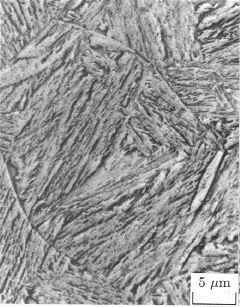
Lower bainite: Fe-0.46C-2.1Si-2.15Mn wt%. Austenitised at 1000°C for 10 min, isothermally transformed at 270°C for 2500 s. Zero stress.

Lower bainite: Fe-0.46C-2.1Si-2.15Mn wt%. Austenitised at 1000°C for 10 min, isothermally transformed at 270°C for 2500 s. Transformed under the influence of 700 MPa compressive stress.
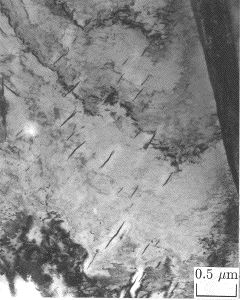
Lower bainite: Fe-0.46C-2.1Si-2.15Mn wt%. Austenitised at 1000°C for 10 min, isothermally transformed at 295°C for 2500 s.
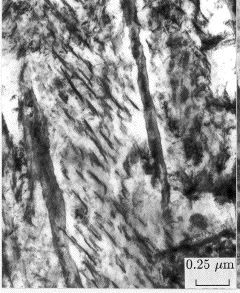
Lower bainite: Fe-0.46C-2.1Si-2.15Mn wt%. Austenitised at 1000°C for 10 min, isothermally transformed at 270°C for 2500 s. Transformed under the influence of 700 MPa compressive stress.
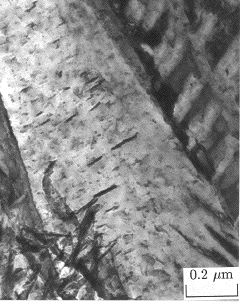
Lower bainite: Fe-0.46C-2.1Si-2.15Mn wt%. Austenitised at 1000°C for 10 min, isothermally transformed at 270°C for 2500 s.
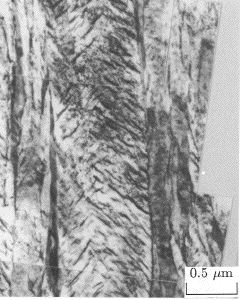
Lower bainite: Fe-0.46C-2.1Si-2.15Mn wt%. Austenitised at 1000°C for 10 min, isothermally transformed at 270°C for 2500 s. Transformed under the influence of 700 MPa compressive stress.


